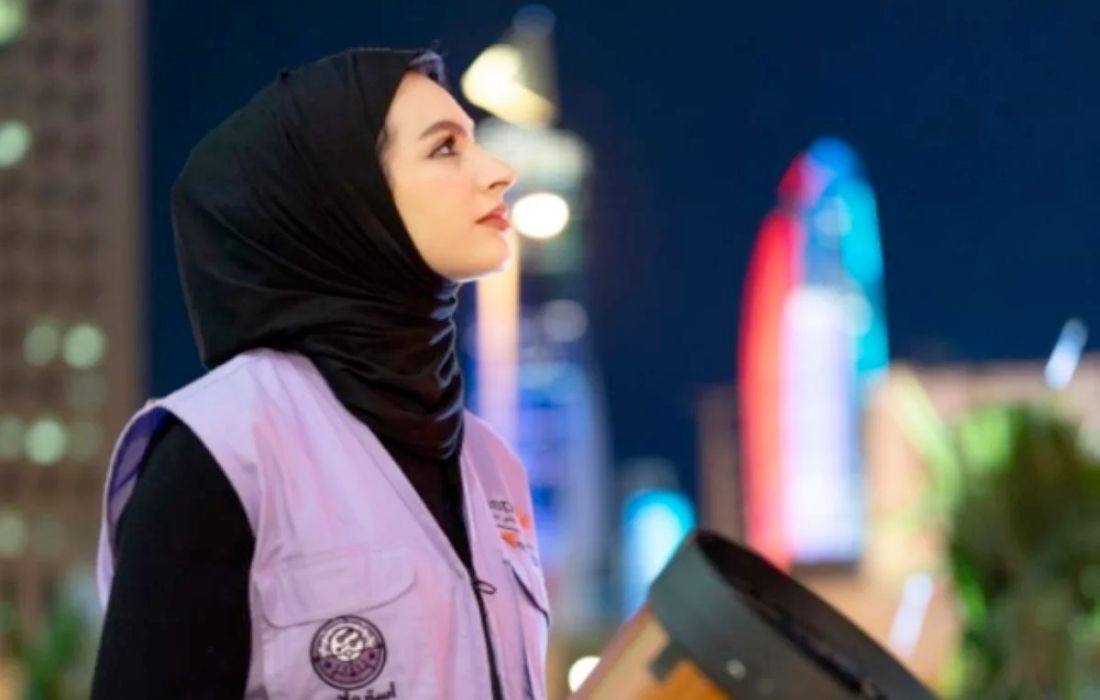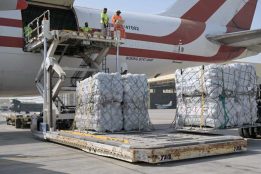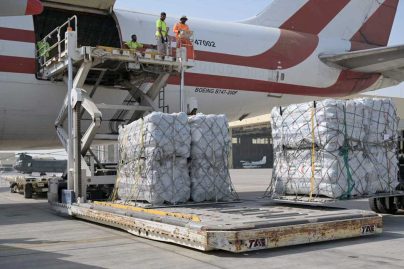Kuwait University students register asteroid discoveries under Kuwait’s name
Sat 25 May 2024
The Kuwait University student team, “Asteroid Hunters,” achieved a significant scientific milestone by registering two astronomical discoveries under the name of Kuwait. Supported by the Kuwait Foundation for the Advancement of Sciences (KFAS), team members Maryam Jamali, Nourah Al-Musaireea, and Maraheb Al-Azmi first spotted these asteroids in February 2021. These discoveries are set to be officially confirmed by the relevant authorities in June 2024.
The two newly discovered asteroids are located in the main asteroid belt between Mars and Jupiter. Ongoing studies aim to precisely determine their orbits and include them in the global astronomical catalogues of recognized asteroids. The International Union for Astronomical Research, with NASA’s support, will allow the students to name the asteroids and will provide certificates for each discovery.
Also read: Massive meteorite illuminates the skies over Portugal, Spain with exquisite light
“The discovery of the two asteroids came through the employment of the concept of citizen science, as we used astronomical data provided by observatories to amateurs and began to study and analyze astronomical data using specialized programs for four years,” Maryam said. “Although we knew the difficulty of the goal and its length, the team continued to analyze the images and study the data for years, until, praise be to God, we managed to monitor the new celestial bodies,” she explained.
Maryam noted that after their study, they confirmed the location of the asteroids in the main asteroid belt between Mars and Jupiter, and these findings were validated by the International Astronomical Search Collaboration (IASC). “Our motivation for searching for celestial bodies in the universe stems from our curiosity towards the universe and our belief in the importance of astronomical discoveries and their pivotal role in understanding the nature of the universe,” Maryam told agencies.
She emphasized that KFAS was the team’s first supporter. “It is the entity that embraced the interests of our team, grew our skills and provided full and continuous support to the team since its inception,” she noted.
Nourah explained that their method of discovering asteroids involved cooperation with the Pan-STARRS observatory, which focuses on scanning the sky to identify new and faint celestial bodies and collecting astronomical data. “The team analyzed the data to search for new asteroids according to the standards and characteristics of moving celestial bodies, then wrote an astronomical report and sent it back to the observatory to be verified by specialists in this field,” she said.
She highlighted that the team’s passion for space and belief in its importance was their main motivation to persist in their efforts. “The discovery was not a coincidence. Rather, our work continued for four years, during which we gained many experiences and analyzed a huge amount of astronomical data.” She explained that the first step was making five preliminary discoveries in line with the standards of the international federation. “Thankfully, two of them were observed and registered as new discoveries that had not been recorded by the IAU Minor Planet Center archive.”
She said the two asteroids are located between Mars and Jupiter in the main asteroid belt, and the team obtained a certificate as proof of this discovery. “Our association with the foundation continues to be a great motivation for the continuity of the team and the achievement of our goals, including spreading the culture of astronomical exploration and the ability to reach a larger segment of the public, hobbyists, and those interested in science in general and astronomy in particular,” Nourah said.
Talking about her passion towards astronomy, she said: “My interest in astronomy and space began at a young age. I was very interested in astronomy classes, especially the planets lesson, which was my favorite,” stressing that her passion for astronomy created interest and encouragement from her parents.
“Observing the dark sky increased my interest along with my father, especially during the peak times of meteors,” she said, urging all students to take serious steps in pursuing scientific interests beyond the curriculum and not limiting their knowledge. “I also invite them to join the team of Asteroid Hunters and discover new celestial bodies registered in the name of the State of Kuwait,” Nourah added.
“The team participated in one of the citizen science programs for amateur astronomers, which specializes in analyzing astronomical images by observing some telescopes belonging to the University of Hawaii (Pan-STARRS) and sending them to the participants to study and analyze their data,” Maraheb said. “Our passion for astronomy and space was mainly motivated by the discovery of asteroids and was by direct research by analyzing astronomical images,” she added.
Maraheb mentioned that KFAS fully supported them by contributing to the progress of the Asteroid Hunters team and encouraging the spread of astronomical culture. “We have a lot of interests in various fields, but the most important of which is our interest in astronomy and space since childhood, which continued and developed with time,” she stated. She invited students and astronomy enthusiasts to engage in KFAS’s astronomical activities and join the Asteroid Hunters team to promote their concept, and foster and develop astronomical culture in Kuwait.
Agency: Kuwait Times
Kuwait University Kuwait University Kuwait University

 Jun 15 2024
Jun 15 2024












